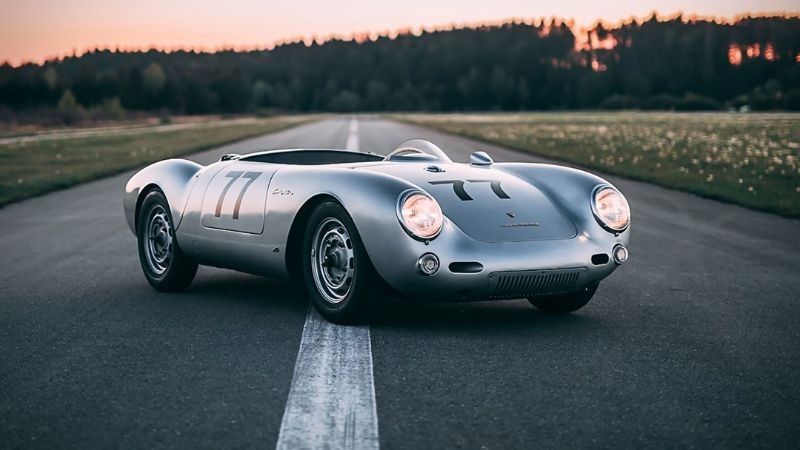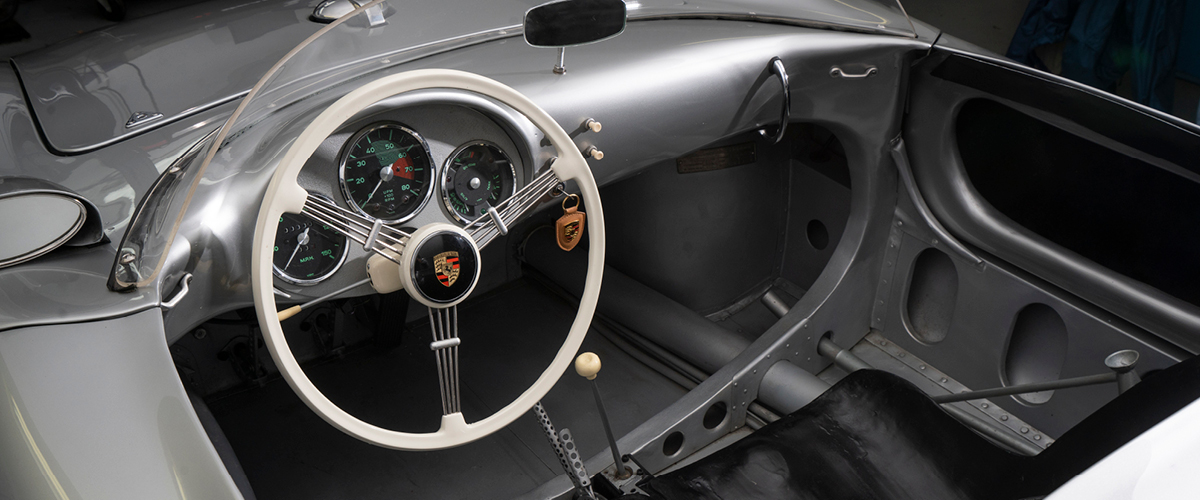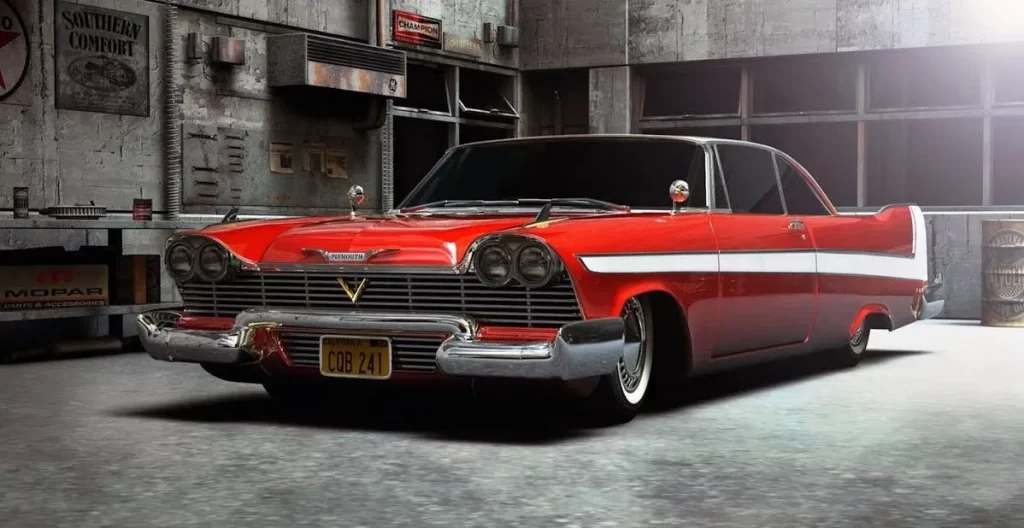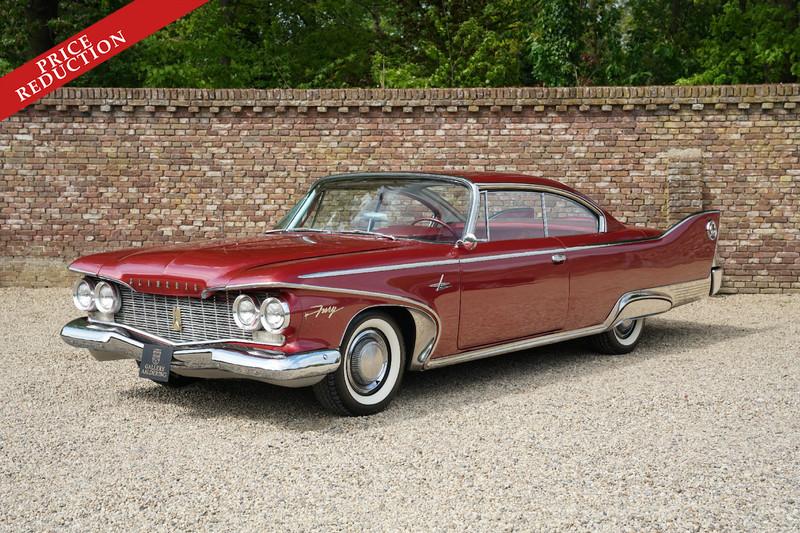The Porsche 550 Spyder
The Porsche 550, often referred to as the 550 Spyder, is one of the most iconic and historically significant models produced by the German automobile manufacturer. Introduced in 1953, the 550 Spyder was Porsche’s first car designed specifically for racing, marking a departure from the company's earlier models that were adaptations of its production cars. The 550 was engineered to excel in various forms of motorsport, including endurance races, hill climbs, and circuit racing. Its lightweight construction, mid-engine layout, and aerodynamic design set new standards in automotive engineering during the 1950s.

The origins of the Porsche 550 can be traced back to the brand’s early racing endeavors with the Porsche 356, which proved successful but had limitations in its design for high-stakes racing. Acknowledging the need for a purpose-built race car, Porsche developed the 550 with a tubular frame and an aluminum body, ensuring both rigidity and lightness. It was powered by a 1.5-liter flat-four engine, known as the "Fuhrmann engine," which was a technological marvel for its time. The engine featured dual overhead camshafts, four camshafts in total, and dual ignition systems, contributing to its impressive performance and reliability on the track.
The 550 Spyder quickly gained a reputation for its competitive prowess. Its debut race at the Nürburgring in 1953 resulted in a class victory, establishing the 550 as a formidable contender. One of the car’s most notable victories came in 1954, when it won the Targa Florio, a grueling road race in Sicily, underscoring its engineering excellence and durability. The 550's successes were not limited to Europe; it also made a significant impact in American racing circuits, where its agility and speed made it a favorite among privateer racers.

One of the most famous, albeit tragic, associations with the Porsche 550 is its link to Hollywood actor James Dean, who owned a 550 Spyder. Dean’s car, famously nicknamed “Little Bastard,” was involved in a fatal accident in 1955, which has since become a part of automotive folklore. Despite the somber note, this connection has added to the mystique and legendary status of the 550 Spyder in popular culture.
Production of the Porsche 550 continued until 1956, with only 90 units built, making it a rare and highly coveted model among collectors today. Its legacy lives on not just through its racing heritage but also through its influence on subsequent Porsche models. The mid-engine layout and lightweight construction principles pioneered by the 550 have become foundational aspects of Porsche’s design philosophy. The 550 Spyder remains a testament to Porsche's commitment to innovation, performance, and racing excellence, securing its place in the annals of automotive history.
If you are interested in exploring advertising with us, I encourage you to get in touch. Please feel free to contact me directly, and I will be more than happy to provide you with further information, answer any questions you may have, and guide you through the process.
Nick Aylieff | Classic Motors For Sale |
























































































